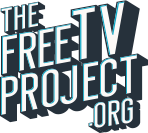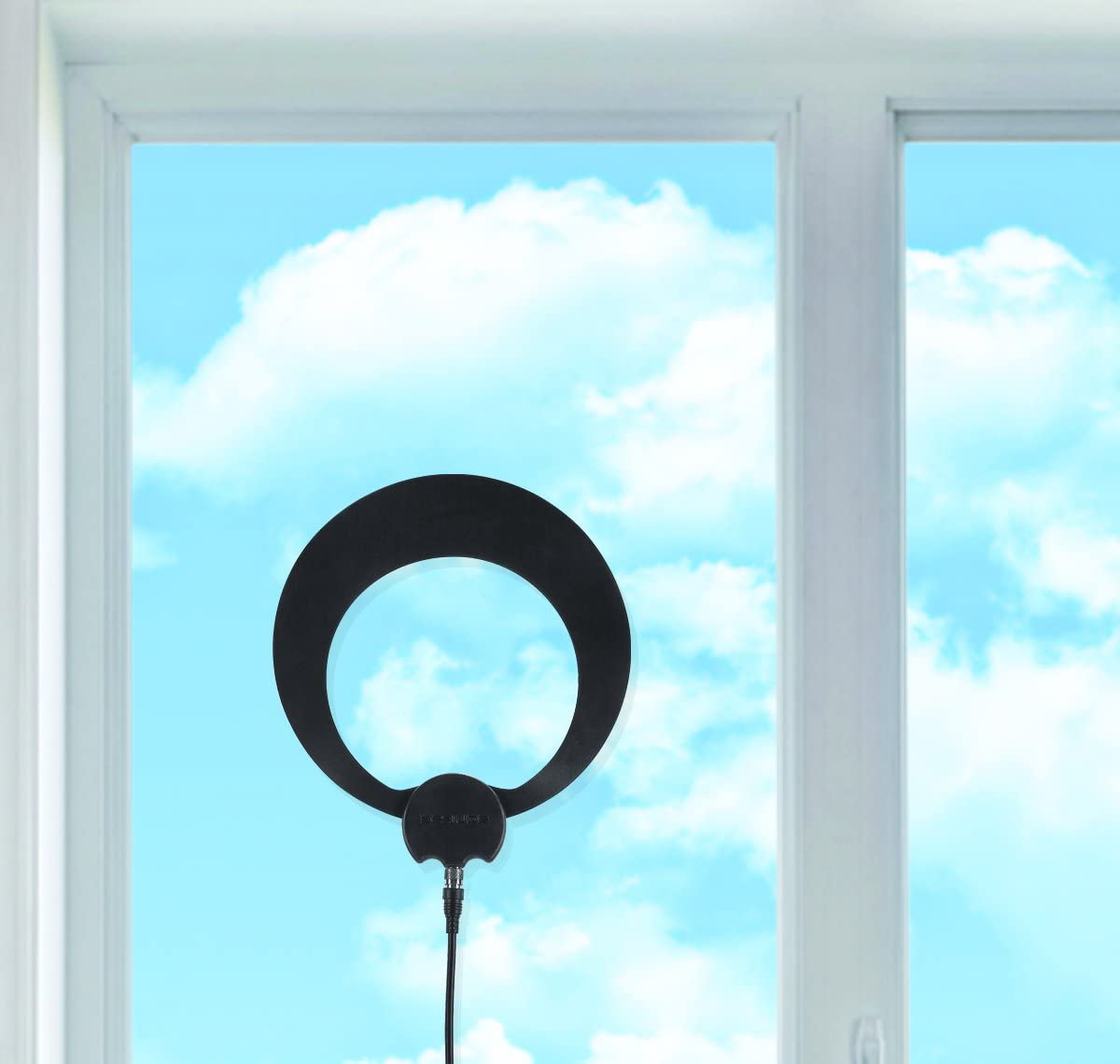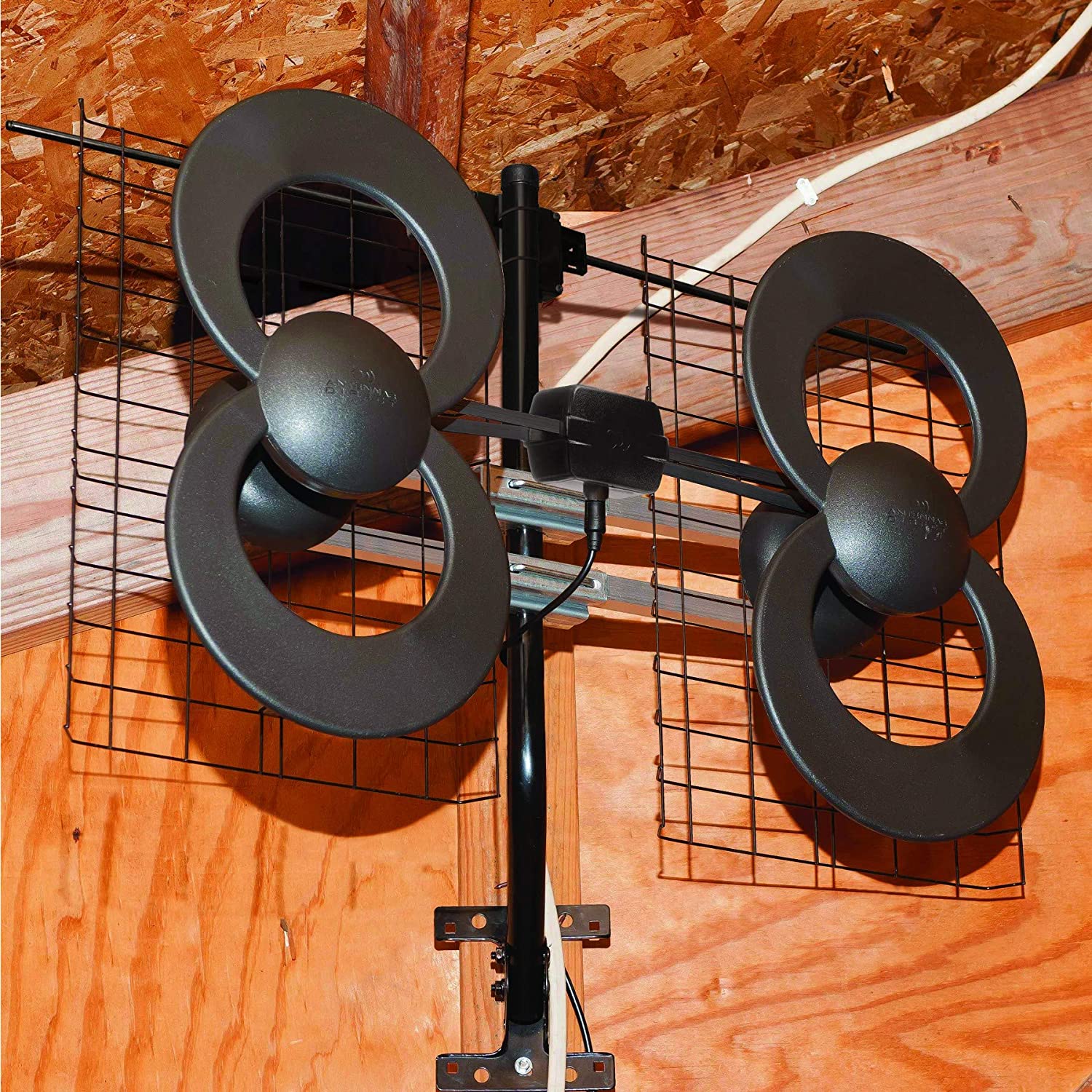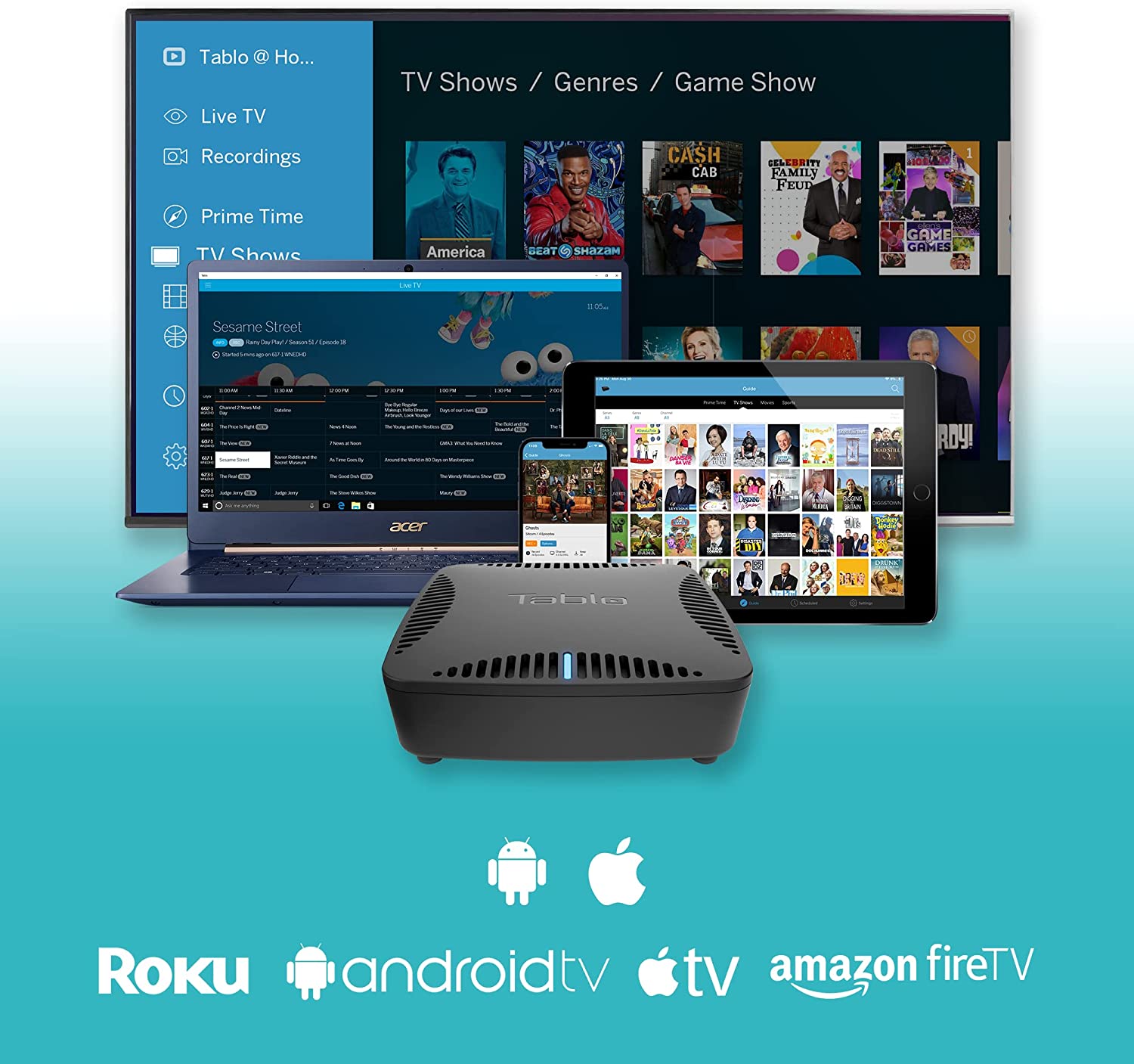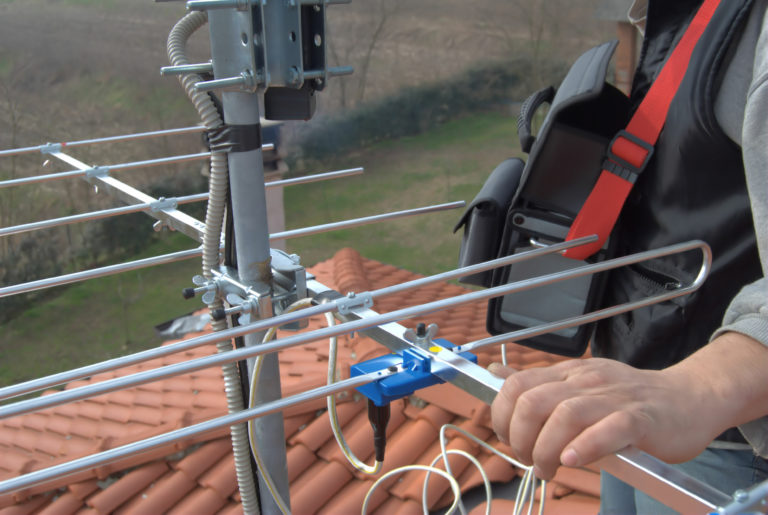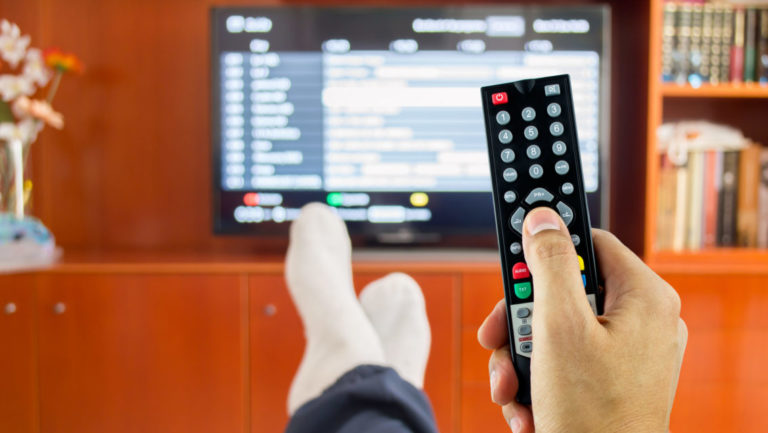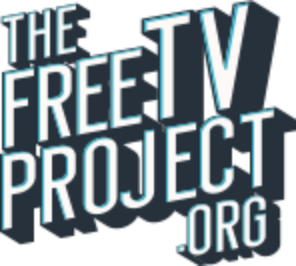Debt is a silent killer. Estimates show that the average American family that has debt — including mortgages, car loans, student loans and a credit card — owes more than $155,000. Having debt doesn’t just stunt your bank account, it has also been linked to numerous physical and mental health issues, including depression and high blood pressure.
Paying down the money you owe is obviously in your best interest but it’s often easier said than done, even if you’ve got a steady paycheck coming in. One of the best ways to start chipping away at your debt is to ditch some of your unnecessary expenses and use the money you’re spending there to pay it down.
While staying entertained and treating yourself are important parts of life, here are 10 ways you could cut monthly expenses to help pay down debt faster. Simply take the amount of cash you’re saving by making these moves, direct it toward your credit card debt or loans and you’ll soon see a difference.
1. Switch To Free Streaming Music
Paying every month to listen to music online is one of those things that can easily be axed without you noticing much of a difference. Having a subscription to Spotify or Apple Music’s premium tier will run you about $10 a month but both services offer free tiers that aren’t much different from the paid versions. As long as you can deal with hearing a few ads here and there during your listening sessions, you probably won’t miss paying for either service and that’s another $120 a year you can put toward your debts.

2. Take Advantage Of Your Local Library
While virtually every town in America has a public library that offers a staggering amount of entertainment, just about half of eligible people take advantage of this free resource. Having a library card gets you way more than it used to, from the hard copies of books, audio books, DVDs, Blu-rays, magazines and CDs at your local branch to a wealth of digital assets. If you’ve got a library card, you will also likely have access to the mountains of e-books and digital audio books available to borrow from Libby, as well as acclaimed movies from Kanopy and all of the above (plus TV shows) from Hoopla.
That one card can save you on expenses from movie rentals to the fees that come from collecting e-books, audio books and other media.
3. Switch To Free Over-the-Air TV
If you opt to get an over-the-air antenna and use it for your live TV viewing, you can watch tons of TV programs for free. Switching to OTA TV is kind of our thing so here’s a quick guide on getting started with it.
How to Switch to OTA TV
Watching free over-the-air TV is straightforward. First, you will need to buy an antenna. You can check the Federal Communication Commissions’ DTV Reception Maps to discover the stations you should be able to view and how strong the signals should be. You can decide whether you need an indoor or outdoor antenna, depending upon where you live (rural homes may do better with an outdoor, directional antenna, while urban and suburban ones should be fine with an indoor, omni-directional model).
If you aren’t sure what you need, take our short quiz to find out which antenna is best for you.
Once you purchase the best antenna for your setup, connect it to your current television. Next, perform a channel scan on your TV to find stations and, if necessary, adjust the position of the antenna and rescan until you’re happy with the reception you’ve got.
Switching to OTA doesn’t mean you have to give up features like recording or pausing live TV. Tablo offers a range of DVRs for over-the-air TV, giving you the freedom to watch your favorite shows and movies on your time.
If you live in an urban area or nearby suburb:
Antennas Direct ClearStream Eclipse Amplified TV Antenna
$64.99 from Amazon
This highly-rated indoor antenna is designed to receive frequencies 50+ miles away from broadcast towers. It easily grips smooth surfaces like walls or windows for optimal placement to pick up as many channels as possible.
Recommended antenna if you live in a far suburb or rural area:
Antennas Direct ClearStream 4V TV Antenna
$130.20 from Amazon
This powerful antenna has a range of 70+ miles and can be installed inside, outside or in the attic. It has UHF and VHF multi-directional elements designed to deliver reception in remote areas.
Pair your antenna with an OTA DVR to record your favorite shows:
Here are the products we recommend:
- Tablo DUAL 128GB Over-the-Air [OTA] DVR: Record up to 80 HD hours and stream up to two free broadcast channels from your HDTV antenna simultaneously.
- Tablo QUAD 1TB Over-the-Air [OTA] DVR: Record up to 700 hours and stream up to four free broadcast channels from their over-the-air HDTV antenna simultaneously.
If you have an external hard drive sitting at home collecting dust, consider these options as cheaper alternatives. Simply connect your antenna and portable hard drive to these Tablo DVR devices and you’re ready to go.
- Tablo DUAL Lite: Equipped with built-in Wifi, it lets you position the antenna and DVR for the best signal reception.
- Tablo QUAD: Record up to four OTA channels simultaneously. This model connects to your router rather than your TV, giving you the option to stream live TV to any device.
If you need to purchase a portable hard drive, we recommend USB-connected portable hard drives (USB 2.0 or 3.0, 1 TB to 8 TB in size). These are the ones we recommend: WD 1TB Elements Portable External Hard Drive and the WD 2TB Elements Portable External Hard Drive.
4. Cancel Subscriptions You Can’t Justify
A study from Chase Bank found that nearly three-quarters of all adults spend at least $50 each month on unwanted subscription fees, which is money that could go directly toward paying down debt without it being missed at all. Take a look at your next bank statement (or the statements from whatever cards you use for auto-billing payments) and highlight the ones that you can’t justify keeping around. The prime suspects are those services that got you to sign up for a free trial and have been sapping a few dollars each month since you’ve forgotten to cancel them.
5. Reevaluate Your Parking Needs
Downtown parking fees are a reality once again since many offices have reopened but you can save yourself some legitimate money by shopping around. Consider parking at a farther (aka cheaper) lot than the one you’re in now and walking a bit more each day. Also see if you can renegotiate your current rate to make up for any days that you aren’t parking there if your job only requires you to be there in-person so many days a week. The threat of canceling a service has resulted in big savings many times over the years!

6. Stop Having Everything Delivered
Sure, there’s a subscription-delivery service for everything today but that doesn’t mean you have to use them! For example, using Chewy to have dog food automatically shipped to your house every few weeks is very convenient but will still end up costing you more than buying it from Sam’s Club, Walmart or Costco, on average. Additionally, if you just have to order out one night, avoid using a delivery app like Uber Eats or Grubhub at all costs and opt to pick it up yourself. These apps always charged ridiculous fees but their prices have only skyrocketed since the pandemic started.
7. Shop At Discount Grocery Stores
While paying for a membership at a warehouse club like Sam’s Club or Costco can pay for itself if you shop there weekly, buying more expensive groceries than you need to from regular stores never will. Opting for store brands is always a great method for lowering your grocery bill but switching to a discount grocery store, like Aldi, Lidl or WinCo can really free up some spare cash each month.
8. Grocery Shop The Old-Fashioned Way
After a couple years of relying on grocery deliveries and curbside service, going back into the store every time you need to restock the pantry can be painful, but it is often still the cheapest way to shop. While most chains were offering free or discounted use of those premium options, the generosity is starting to shrink these days and you may notice extra costs being attached to them again. If you do shop in-person, be sure to make a list and stick to it because impulse buying across the store can be deadly on your budget.

9. Switch Cell Phone Plans (Or At Least Make Some Changes)
Are you still paying for an unlimited-data plan when you spend your entire workday connected to Wi-Fi? The changes to your daily life that came from the pandemic may give you a great reason to reevaluate your pricey phone plan. Shop around for other carriers and if you still don’t want to switch anything, at least consider removing insurance (which could save you at least $130 per year per line) and switching to paperless billing (which could net you a small discount but will at least save you in stamps).
10. Get A Smart Thermostat
Not only are smart thermostats a cool piece of tech, they are bonafide money savers. While the exact amount of money you’d save by switching to a smart thermostat is up for debate, there is no question that you will save money on monthly energy costs with one. Simply by managing your thermostat remotely to only work hard when someone is home, you will use less energy in the long run, allowing you to put more toward debts.
